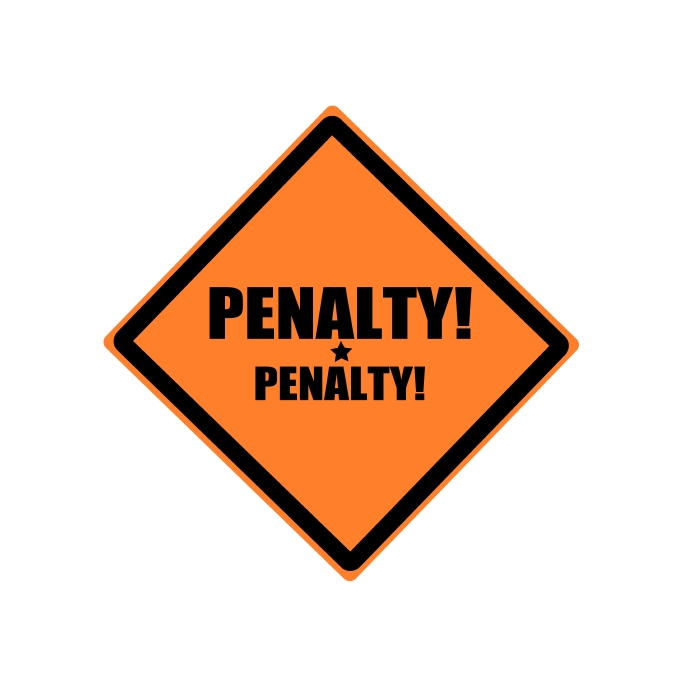 |
In this case, a foundry coke manufacturer in northern New York State will pay $2.75 million for alleged CAA, CWA, and EPCRA violations—and that is just the fine.
‘Citizen Scientists’ Complained
A critical point in this case is that federal and state inspections came in response to local citizen complaints. The community even did their own air toxic monitoring. In a troubling remark, the U.S. Environmental Protection Agency’s (EPA) Region 2 Administrator, Judith Enck, called the community’s air toxic monitoring a “fine example of citizen science” that spurred the government into action.
Perhaps the biggest “lesson learned” in this case is to maintain ongoing contact with your community’s leaders and be ever responsive to community concerns.
The Total Cost of Compliance
ere’s the breakdown of the money involved:
- $2.75 million in civil penalties;
- $7.9 million in equipment upgrades for air and water quality issues;
- $1 million in supplemental environmental projects (SEPs) in the local community; and
- $357,000 to a nonprofit to acquire and preserve wetlands.
Let’s take a look at what happened that ended up being so costly.
Forget expensive calls to lawyers and consultants. With Enviro.BLR.com, you get instant access, 24/7. Try it out today and get the 2015 EHS Salary Guide, absolutely free. Download Now.
What Went Wrong?
CAA Violations
What went wrong? According to the EPA, the company’s CAA violations resulted in releases of coke oven gas. The company is accused of failing to install air pollution controls on its coke ovens, failing to properly monitor equipment for coke oven gas leaks, failing to conduct required annual maintenance inspections of emissions controls and proper operations and maintenance, and failing to complete multiple required reports among other violations.
The fix. This is where the bulk of the money is going. To the tune of $7.9 million, the company will improve its processes, operations, and monitoring for coke oven gas leaks, assess key equipment, repair or replace equipment, install new pollution controls, and take many additional measures under a prescribed schedule. These “additional measures” include improving coke battery work practices, operations and maintenance; expanding the facility’s leak detection and repair program; adopting a plan to control dust; undergoing a third-party audit; and conducting additional auditing to implement changes that may arise from the third party audit.
Everything You Need for Environmental Compliance
Enviro.BLR.com puts everything you need at your fingertips, including practical RCRA, CAA, CWA, hazardous waste regulatory analysis and activity, news, and compliance tools. Try it at no cost or risk and get a FREE report.
CWA Violations
What went wrong? The company’s alleged CWA violations include discharging wastewater and other pollutants in its stormwater discharges to a major river in the area; discharging excessive amounts of cyanide, ammonia, and naphthalene in its process wastewater; and allowing process water-holding tanks to decay, pipes to leak, and spill containment structures to become ineffective.
The fix. Although the EPA admits that the CWA problems had been fixed, the company will be under long-term scrutiny. It will be subject to an independent, third-party audit of its CWA compliance and will be required to implement all necessary recommendations. In addition, the EPA will be overseeing of the facility’s CWA compliance for an indeterminate time. The oversight will be “ongoing,” as the Agency puts it.
EPCRA Violations
What went wrong? According to the EPA, the facility failed to report that it manufactured benzene and ammonia in quantities that exceeded the 25,000-pound-per-year reporting threshold. As such, it was required to annually submit chemical inventory information to local authorities and to the state, giving detailed information about the chemicals at the site.
The fix. The company is in for a boatload of paperwork. It will submit several years’ worth of toxic release inventory (TRI) reports about its use and emissions of ammonia (2007 to 2012 TRI reports) and benzene (2009 to 2012 TRI reports).

Been checking out this area for the last few hours and I’ve rveeiwed quite a large amount of similar articles to this, but this the most well-written. Pleasant and concise, thank you.Also visit my homepage
It’s a real pleasure to find someone who can think like that
I’m so glad that the internet allows free info like this!
Of the panoply of website I’ve pored over this has the most veracity.
Thinking like that shows an expert’s touch
Grade A stuff. I’m unquestionably in your debt.